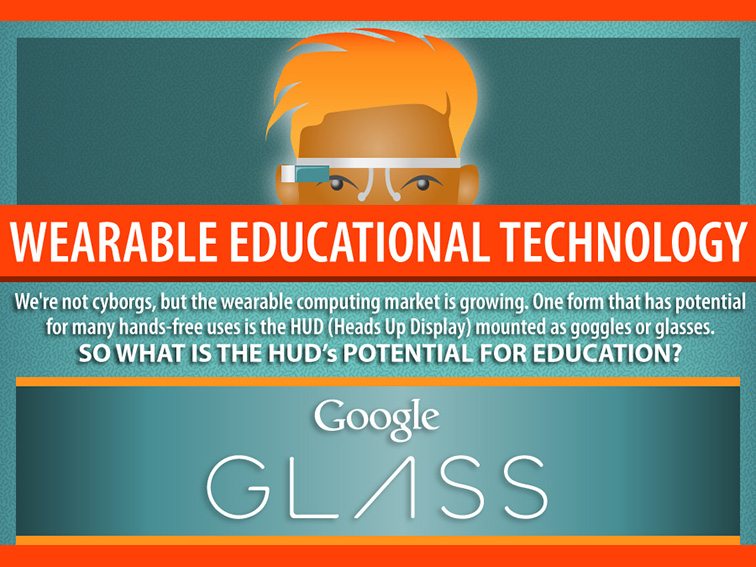How to Use Wearable Technology in the Classroom
You’re reading a concise, practitioner-facing guide. No fluff—just uses that work, plus one research citation.
Scope. “Wearables” here include AR/VR headsets, smartwatches/fitness bands, and lightweight smart glasses. Use them where they add clear instructional value: making abstract ideas visible, capturing performance for feedback, and improving access/safety.
Instruction & Practice
- AR/VR concept modeling. Use a headset to manipulate 3D structures (molecules, architectural forms, planetary motion). Students explain what changed and why; capture a 30–60s screen recording as a micro-assessment.
- First-person demonstrations. Record the teacher’s point-of-view for lab setup, art technique, or shop safety. Students replay, pause, and annotate steps before attempting the task.
- PE skill acquisition. Pair a smartwatch with a short drill (e.g., running form). Students compare video + cadence/HR data and set a specific technical goal for the next rep.
Assessment & Feedback
- Process capture. Students wear a head-mounted camera during problem solving (math proofs, wiring a circuit). Submit a 2-minute clip explaining decisions. Teacher gives timestamped feedback.
- Objective effort data in PE. Use heart-rate zones to grade effort rather than speed—more equitable for different fitness levels. Export a simple zone summary attached to the rubric.
- Coaching teachers/student teachers. Record short lesson segments from teacher POV; review with a tight protocol: what students did, evidence of understanding, one change to try next.
Accessibility & Support
- Live captions & translation. Smart glasses or paired apps provide on-screen captions or on-the-fly translation during discussion for d/Deaf/HoH and multilingual learners.
- Visual magnification. Low-vision students use adjustable zoom/contrast to access print or lab details without leaving their workspace.
- Self-regulation prompts. Discrete smartwatch nudges (breathing, stand/move reminders) scheduled around challenging tasks.
Logistics & Safety
- Field trip coordination. Push step-by-step directions and meet-up pins to chaperones; teachers monitor groups’ check-ins without constant roll calls.
- Lab safety. Stream a hazardous demo from the teacher’s headset to student screens so everyone gets a close view from a safe distance.
Implementation Notes (what to decide up front)
- Purpose first. Pick one learning objective per activity that the wearable uniquely enables (e.g., “analyze running stride with cadence data”).
- Equity. Provide school-owned sets or partner kits; never require personal devices for credit.
- Privacy & data minimization. Disable unnecessary sensors; store locally when possible; obtain parent/guardian consent for video/biometric data.
- Classroom norms. Headsets on only when instructed; no recording peers without explicit permission; visible “recording” indicator.
Research. Meta-analyses find AR/VR produces modest, reliable learning gains when aligned to clear objectives and paired with feedback (Merchant, Goetz, Cifuentes, Keeney-Kennicutt, & Davis, 2014).
Start Small
- One lesson, one device type, one artifact of learning (e.g., a 90-second annotated clip) and a short student reflection (“What did the device help you notice?”).
Related resources on TeachThought: Educational Technology • Project-Based Learning
